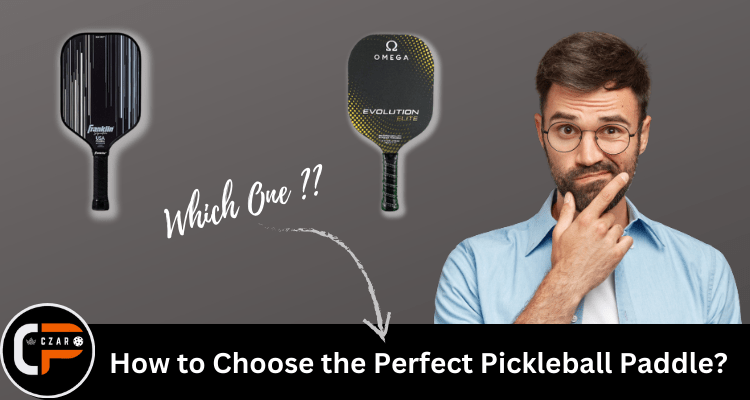Revive your pickleball game and save big with our ultimate DIY delaminated paddle repair guide
The most important step to repair your delaminated pickleball paddle is to assess the damage thoroughly. Clean the affected area, sand it gently, and apply high-quality epoxy resin. Align the layers carefully and test the paddle’s performance for a successful repair
As a seasoned pickleball player, I encountered the dreaded delamination issue with my favorite paddle. With determination and research, I took on the challenge of repairing it myself. Carefully sanding, applying epoxy, and aligning the layers, I revived my paddle to its former glory. The sense of accomplishment, coupled with improved performance on the court, made the repair journey worth it
In this comprehensive guide, I’ll walk you through the process of re-bonding and repairing your pickleball paddle, restoring it completely.
Let’s get started!
Step 1: Assess the Damage
Before diving into the repair process, it’s essential to assess the extent of the delamination. Look for any visible cracks, bubbles, or separation between the paddle’s layers. Take note of the affected areas, as this will help you plan your repair strategy.
Step 2: Gather the Materials
To ensure a successful repair, gather the necessary materials:
- Epoxy resin (choose a high-quality one specifically designed for paddle repair)
- Mixing cups and stir sticks
- Sandpaper (grit range: 200 to 800)
- Clean cloth or paper towels
- Clamps or weights
- Painter’s tape or masking tape
- Safety goggles and gloves (for protection)
Step 3: Prep the Paddle
Start by thoroughly cleaning the delaminated areas. Remove any dirt, debris, or old adhesive from the paddle’s surface using a gentle cleaner or isopropyl alcohol. Once clean, dry the paddle completely before moving on to the next step.
Step 4: Sand the Delaminated Area
Using sandpaper, gently sand the edges of the delaminated area. This will help create a smooth surface for the epoxy resin to adhere to. Be cautious not to sand too aggressively, as it might damage the paddle further.
Step 5: Mix the Epoxy Resin
Follow the manufacturer’s instructions to mix the epoxy resin properly. Use the mixing cup and stir sticks to achieve a consistent and well-blended mixture. Wear gloves and safety goggles during this step for added protection.
Step 6: Apply the Epoxy Resin
Using a small brush or applicator, carefully apply the epoxy resin to the delaminated area. Make sure to cover the entire affected surface evenly. The epoxy will act as a bonding agent, fusing the layers back together.
Step 7: Align the Layers
Gently press the delaminated layers back together, aligning them precisely. If necessary, use clamps or place weights on top to apply even pressure while the epoxy cures. Follow the recommended curing time provided by the epoxy manufacturer.
Step 8: Remove Excess Resin
Once the epoxy has cured, remove any excess resin using a clean cloth or paper towel. Take your time during this step to achieve a neat and professional finish.
Step 9: Final Touches
Inspect the repaired area and make any necessary adjustments. If there are minor imperfections, you can carefully sand them down using fine-grit sandpaper to achieve a smooth surface.
Step 10: Test the Repaired Paddle
Finally, it’s time to put your paddle to the test! Head to the pickleball court and try out your newly repaired paddle. Pay attention to its performance and make any further adjustments if needed.
Conclusion
Congratulations! You’ve successfully repaired your delaminated pickleball paddle, saving yourself from the expense of buying a new one. With proper care and maintenance, your paddle should serve you well for many more matches to come. Remember, a well-maintained paddle can make all the difference in your pickleball game.
Happy playing!






